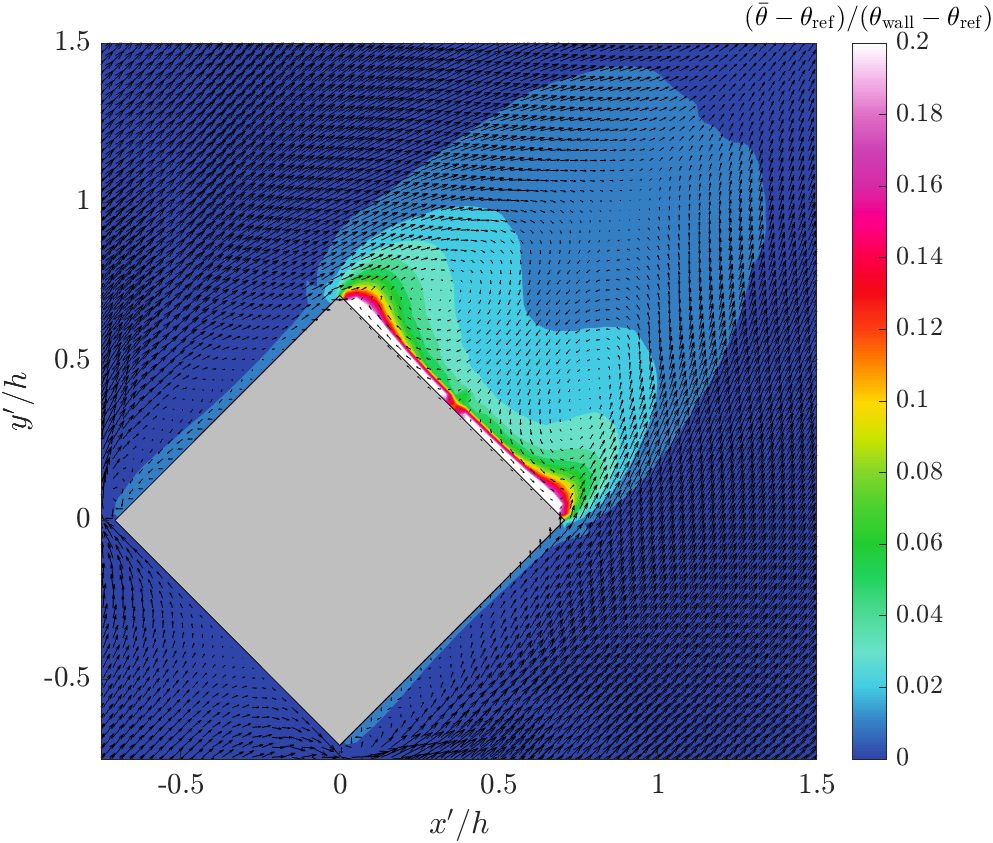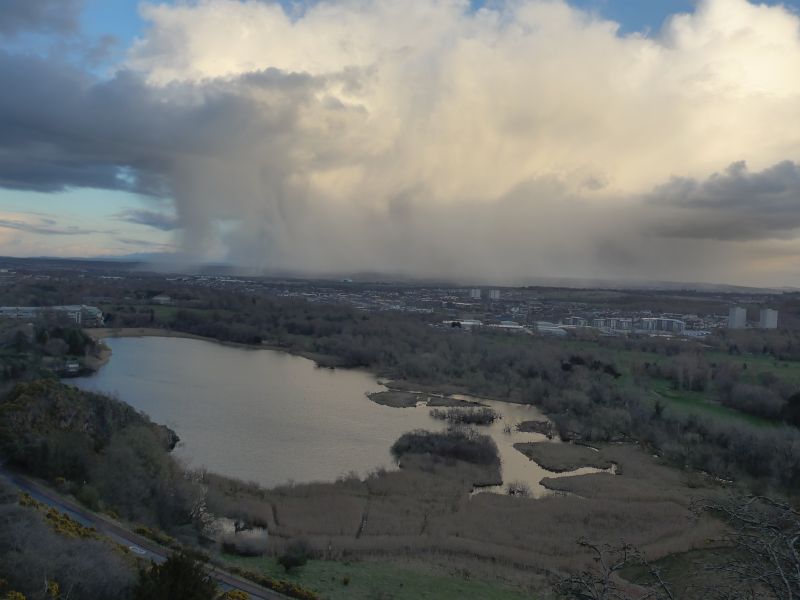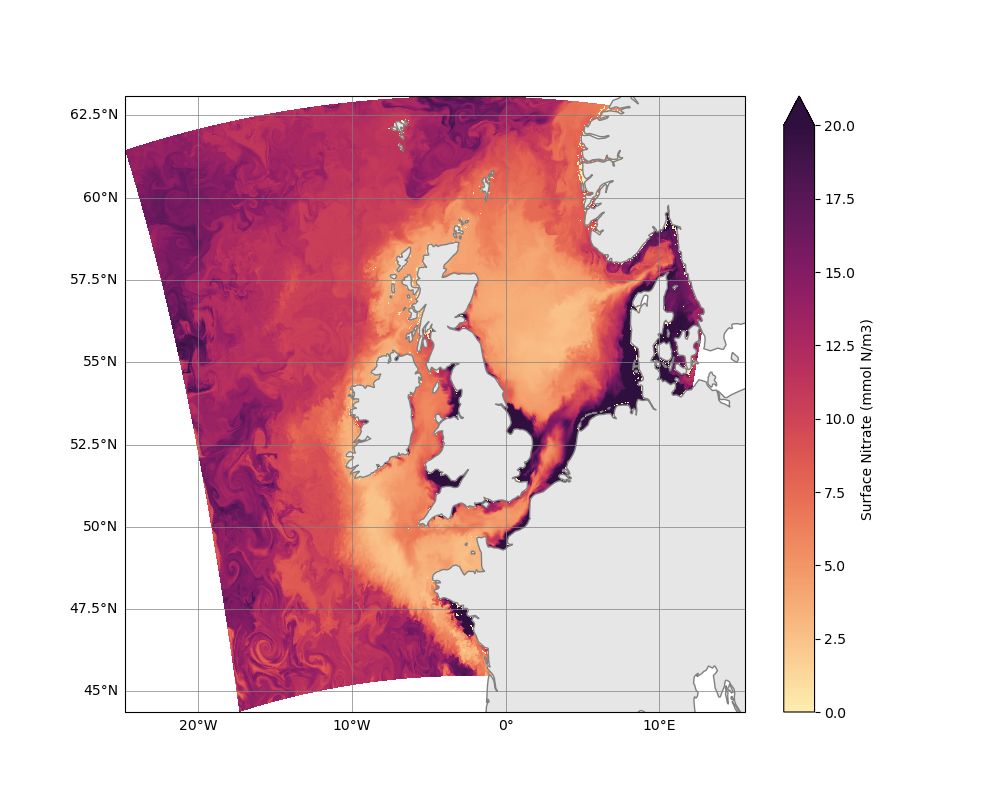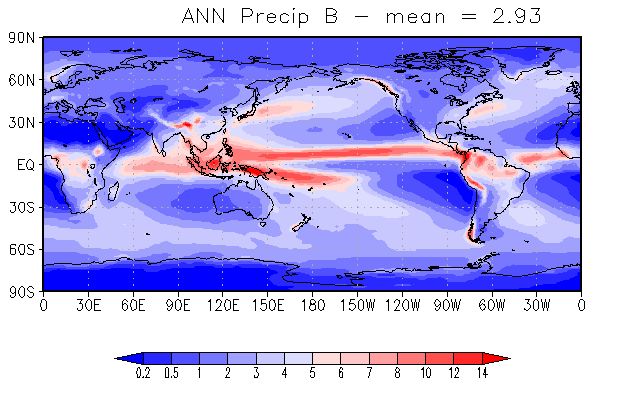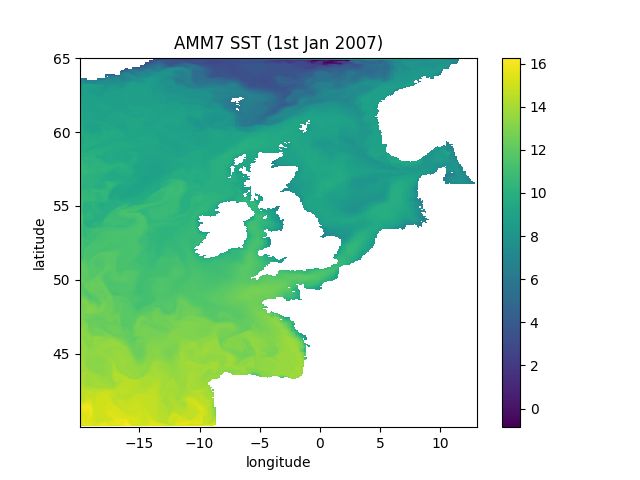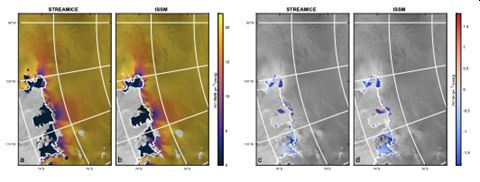Chemistry and Materials Earth Sciences and Environment Engineering and Energy Fundamental physics Mathematics and Computer Science Medicine and Life Sciences All uDALES: towards exa-scale simulation of air quality and microclimate in urban environments
ARCHER2-eCSE05-03 : Prof Maarten van Reeuwijk (Imperial College London)Subject Area:
Earth Sciences and Environment uDALES is a large-eddy simulation (LES) code used to model air quality and microclimate in urban environments at metre-scale resolution. Modelling urban environments is challenging due to the heterogeneous characteristics of urban landscapes, the turbulent nature of air flow within them and the effects of solar radiation on surface temperatures and turbulence. In this eCSE project the parallelisation of uDALES was upgraded to be able to fully exploit the large number of processors on ARCHER2. Tests with up to 130k cores show that the new code (uDALES V2.0) has excellent parallel performance, making it possible to perform simulations for longer durations (e.g. diurnal cycles) at much higher resolution, or study much larger areas. In addition, the limitation that buildings had to be aligned with the grid has been removed, which is particularly beneficial for simulations involving radiation, and when using the code to model realistic buildings. Read more...
Porting OptClim Optimisation system to ARCHER2
ARCHER2-eCSE04-07 : Prof Simon Tett (University of Edinburgh)Subject Area:
Earth Sciences and Environment OptClim is a software framework that uses optimisation algorithms to tune climate models. This project has enabled use of the OptClim software on ARCHER2, and enhanced the code to work with a wide range of models. This work will reduce the uncertainty in various climate and earth system models. Read more...
Optimising NEMO-ERSEM for High Resolution
ARCHER2-eCSE04-06 : Dr Jerry J C Blackford (Plymouth Marine Laboratory)Subject Area:
Earth Sciences and Environment NEMO-FABM-ERSEM is a software system for simulating the biogeochemistry of the marine environment. It is used by many research groups to address diverse topics from climate change to pollutants. However, the code is expensive to run, both in terms of compute time and storage requirements. Understanding which parts of the code are the most costly to run, or have the greatest impact on its performance, can guide future developments of the code, potentially leading to future simulations running more efficiently. This eCSE project focused on optimising the performance of the newest version of NEMO-FABM-ERSEM on ARCHER2, based on simulations in the Northwest European Shelf. A runtime reduction of up to 4% was achieved, and recommendations were produced for optimising both performance and resource costs on ARCHER2. Further, an analysis of the overall energy consumption of the code has been produced, which will help users to prioritise either optimal performance or optimal energy efficiency. Read more...
MONC performance portability
ARCHER2-eCSE03-12 : Dr Grenville MS Lister (NCAS-CMS, University of Reading)Subject Area:
Earth Sciences and Environment The Met Office NERC Cloud model (MONC) is a high-resolution code used to model clouds and turbulent atmospheric flows at large scale. The code, which was initially developed jointly by EPCC and the Met Office, is used throughout the UK and beyond. This eCSE project aimed to update MONC to tune it to the next generation hardware in ARCHER2, while also taking the opportunity to address two long-standing issues with the code. Read more...
Porting, Testing, Optimising, and Configuring the Community Earth System Model (CESM2) on ARCHER2
ARCHER2-eCSE03-06 : Dr Ioana Colfescu (National Centre for Atmospheric Science)Subject Area:
Earth Sciences and Environment The Community Earth System Model 2 (CESM2) is a world-leading global climate model that is widely used by the international research community for state-of-the-art simulations of the Earth’s past, present and future climate system. This project aimed at porting, optimising, testing, and validating the model’s key configurations and making them available to UK researchers through ARCHER2, thus enabling them to use a state-of-the-art climate model on a next-generation supercomputing service. Prior to this work, before a user could run their own simulations on ARCHER2, they would face a large amount of technical set-up work, at the expense of time spent on their research. This project allows UK researchers using ARCHER2 to confidently and reliably use CESM2 with minimum efforts. Read more...
Goal-oriented mesh adaptation for Firedrake
ARCHER2-eCSE03-04 : Prof Matthew Piggott (Imperial College London)Subject Area:
Earth Sciences and Environment Mesh adaptation can be a very powerful tool for improving the accuracy and/or efficiency of numerical simulations, e.g. for geoscientific modelling. However, it is still not widely used, largely because it requires users to have considerable experience and in-depth understanding. This eCSE project produced a new goal-oriented error estimation module, Pyroteus, which enables numerical modellers to use advanced techniques, without requiring expert knowledge. All that is required from the user is a set of instructions for how to run the numerical model and compute the user-specified Quantity of Interest, both of which are typically straightforward. With these, Pyroteus is able to perform mesh adaptation in a fully automated sense. To support the development of Pyroteus, this project also involved extending the mesh adaptation functionalities of the scientific software packages PETSc and Firedrake, upon which Pyroteus depends. Read more...
Containerisation of NEMO Employing Singularity (CONES)
ARCHER2-eCSE02-13 : Dr James Harle (National Oceanography Centre)Subject Area:
Earth Sciences and Environment Containerisation is the process of packaging up a computer program, and everything else required to run it. Containerisation makes it easy to transfer the program between even quite disparate computing environments, and to scale up or down in a consistent and reproducible manner, e.g. from a local cluster to a national High Performance Computing facility such as ARCHER2, or even the cloud. The user needs minimal set-up knowledge to start using the program. This eCSE project investigated the containerisation of the NEMO ocean modelling program using the open-source Singularity software (now Apptainer). The containerised version was tested on ARCHER2, and its performance was compared to the conventional method of compiling and running. The project aimed to widen access to the NEMO ocean model within the ARCHER2 user community, and to provide a template for others wishing to containerise their code on ARCHER2. Read more...
Optimising MITgcm on ARCHER2: efficient numerical simulation and data assimilation tools for studying the ocean, atmosphere, and cryosphere
ARCHER2-eCSE02-06 : Dr Emma JD Boland (British Antarctic Survey)Subject Area:
Earth Sciences and Environment MITgcm is a state-of-the-art general circulation model used to enhance understanding of the atmosphere and ocean and their interactions with land- and sea-ice. This project involved the porting to ARCHER2 of three exemplar models that are built on the MITgcm core, two addressing the Amundsen Sea in the Antarctic and one global ocean state estimate. These exemplar models were then optimised, achieving a speed-up of the order of 2-fold in a widely used setup. This work is already helping researchers address more complex problems with their models, as well as allowing for more efficient use of valuable computer resources. Read more...
Reducing UM-UKCA data output using flight-track simulation
ARCHER2-eCSE02-02 : Dr Nathan Luke Abraham (National Centre for Atmospheric Science (NCAS) & University of Cambridge)Subject Area:
Earth Sciences and Environment The UK Met Office Unified Model (UM) is a numerical model of the atmosphere used for both weather and climate applications. The main goal of this eCSE project was to allow for easy comparison between atmospheric model data, obtained from the United Kingdom Chemistry and Aerosols model used as part of the Unified Model (UM-UKCA), and observed data measured from research aircrafts. Prior to this work, this task involved the output of a large amount of model data, of which only a small part was used. Post-processing of this large dataset was very time-intensive and required the user to have in-depth knowledge of aircraft data, as well as technical and coding skills. This project developed a stand-alone “flight-track simulator” code which deals with all the required data processing while the model runs, greatly reducing the data storage requirement. The processed model data is also directly available as soon as the model completes, making it much quicker and easier for a wide variety of users to benefit. Although the flight-track simulator code was originally designed exclusively for use with UM-UKCA, it has been developed as a stand-alone code which can be used with any other atmospheric and climate model, therefore benefiting the wider atmospheric science community. Read more...

